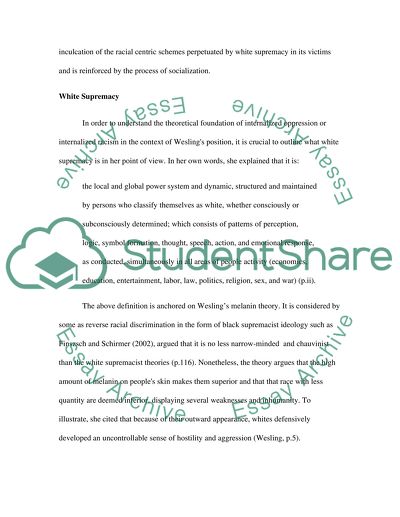Cite this document
(“THE ISIS PAPERS Essay Example | Topics and Well Written Essays - 1250 words”, n.d.)
Retrieved from https://studentshare.org/psychology/1461737-the-isis-papers
Retrieved from https://studentshare.org/psychology/1461737-the-isis-papers
(THE ISIS PAPERS Essay Example | Topics and Well Written Essays - 1250 Words)
https://studentshare.org/psychology/1461737-the-isis-papers.
https://studentshare.org/psychology/1461737-the-isis-papers.
“THE ISIS PAPERS Essay Example | Topics and Well Written Essays - 1250 Words”, n.d. https://studentshare.org/psychology/1461737-the-isis-papers.


